You know what they say in the real estate business: Location, location, location. In education there is good reason to say: Assessment, assessment, assessment!
According to the Oxford English Dictionary, assessment is “…an opinion or a judgment about someone or something that has been thought about very carefully.”
Assessment data:
Helps the teacher to better serve each student
Helps each student take more responsibility for their own learning
Improves the communication and strengthen the teacher-parent relationship
Provides school leadership with a way to know which programs, interventions, approaches, and teachers are more effective and how to focus efforts for improvement
Provides a reflective tool for measuring the impact of any given professional development (PD) program
Provides valuable information for increasing the effectiveness of the PD.
It is all of these combined that add up to a systemic and systematic approach for constant improvement and pursuit of excellence.
Having had the privilege to be involved in the formation of Hebrew at the Center (HATC) and the Developing Embedded Expertise Programs (DEEP) professional learning community, I am particularly cognizant of the impact of providing teachers with specific tools that enable them to home in on the learning goals they have for their students and assess the impact in order to be engaged in a continuous cycle that leads to better student outcomes.
HATC has always envisioned the process of teaching and learning as involving a 4-part cycle:
Set goals
Create/adapt and implement the learning program to enable students to realize the goals
Assess learners and analyze the data
Use the data to intentionally set the subsequent goals and begin the cycle again
One can see the same cycle reflected in the experience of teachers who have participated in the Partnership of Pedagogy’s (PoP) professional development program. PoP sets out the following goals and then provides tools so educators can track how effectively they are achieving these goals:
Help students learn to talk and listen with one another
Help students connect to content on a deeper level
Help increase student voice and/or student questions
Help students take responsibility for their own learning
Help students connect with each other and/or value their peers
In addition, both HATC and PoP engage in internal and external evaluation processes to assess the effectiveness of their programs, modeling and reflecting the value of assessment in order to understand what has worked well, what did not work well, and what improvements are needed in the services and support they are providing.
In a recent external evaluation of the PoP program, a teacher reflected on how it had changed their practice:
Having the text learning protocols has transformed how I do havruta. I’m now completely addressing text learning through the lens of the protocols: What do I want students to do with this? What am I targeting? The protocols are my guidepost. I definitely wasn’t doing that before.
Assessment is an integral part of instruction, as it determines whether or not the goals of education are being met and gives teachers a basis to direct individual student’s outcomes. Assessment affects decisions about feedback to parents and students, placement, advancement, instructional needs, curriculum, and, in some cases, funding. Assessment inspires us to ask these hard questions:
"Are we teaching what we think we are teaching?"
"Are students learning what they are supposed to be learning?"
"Is there a way to teach the subject better, thereby promoting better learning?"
While these are two examples of programs where the impact of setting goals and assessing the impact has strengthened the effectiveness of the teaching and learning, there are many more such examples among the 17 organizations that comprise the DEEP PLC. We see this manifested in Standards and Benchmarks (S&B), where each cohort sets goals and designs their work with students to realize the goals. According to S&B, a standards-based approach aids schools in articulating and creating a coherent vision for their curriculum. This vision provides school leaders, faculty, students, and parents with a shared understanding of overarching goals, helping to set expectations and criteria for mastering Tanakh and rabbinics—ultimately greatly improving student learning. Aside from continuous formative assessments, S&B ends each unit with a performance assessment [including a mastery list] that both measures students’ knowledge and understanding of the material, and gives them an opportunity to share their own thoughts and perspectives on the text section studied.
BetterLesson is another example; their “Try - Measure - Learn (TML) cycle” is the foundation of the BetterLesson coaching model. One of the Better Lesson core values is “Act With Data: Be curious. Use data to drive conversations, form perspectives, challenge assumptions, and make decisions.”
British engineering education pioneer John Cowan is quoted as saying, “Assessment is the engine which drives student learning.”
JEIC, working with the DEEP organizations and Jewish day schools across the continent, prioritizes the value of the feedback loop that is provided through evaluation tools. The degree to which JEIC supports the investment in assessment and the use of relevant data throughout the Jewish education system reflects our commitment to ensuring that we maximize the effectiveness of teaching and learning.

